The Greek goddess Ceto is a curious figure. Like Switzerland, she mostly became famous because of her neutrality. It allowed her to hold on to the sea realm that she was the co-ruler of, while it enabled her to give many unorthodox children to the world.
Table of Contents
What Was Ceto the Goddess Of?

While Pontus and Poseidon were the true rulers of the sea, sea goddess Ceto ruled over an area that was a bit more specific. She was the goddess of the dangers of the sea. Or, more specifically, Ceto was the goddess of sea monsters and marine life.
In Greek mythology, Ceto is often considered to be the primordial sea goddess. While sea monsters and marine life include the average marine animals, like whales and sharks, the primordial goddess was mostly in charge of infinitely more dangerous creatures. Imagine a giant with serpent legs biting at will, for example.
What Does the Name Ceto Mean?
The term Ceto specifically can’t be translated to a particular word. But, different versions of her name exist, which can more easily be related to something of significance. To start, in old Greek she is also known as the goddess Keto.
The plural of that, ketos or ketea, translates to ‘whales’ or ‘sea monster’, which gives a lot more insight. In fact, the term to scientifically refer to whales is cetacean, which echoes the relation to the goddess of sea monsters.
Multiple Names of Ceto
It doesn’t stop there. In some Greek texts, she is also referred to as Crataeis or Trienus. The term Crataeis means ‘mighty’ or ‘goddess of the rocks’, while the Trienus means ‘within three years’.
A bit odd, maybe, and there isn’t really a consensus on why the sea goddess would be referred to as ‘within three years’. But, it’s just a name that’s out there and should be mentioned. After all, Greek mythology can be a bit odd.
Other than Crataeis or Trienus, she is also referred to as Lamia, which means ‘sharks’.
It is evident that some of her names definitely make sense, while others seem to be somewhat trivial. At the end of the day, her personality was always consistent: that of a cruel goddess.
Ceto’s Family
Goddess Ceto is nothing without her family, which is made up of Greek gods and goddesses ranging from the earth itself to the half-woman half-snake creature that is known as Medusa.
Her mother and father were the initial earth and the sea, Gaia and Pontus. Two gods are crucial cornerstones of Greek mythology. It is no exaggeration that these were the actual cornerstones of the world in Greek mythology.
Her mother Gaia is basically Greek mythology’s ancestral mother of all life, while Pontus is the god that created the realm on which many countries and communities depend. Besides giving birth to Ceto, Gaia, and Pontus had quite some other offspring, giving Ceto a legion of siblings and half-siblings.
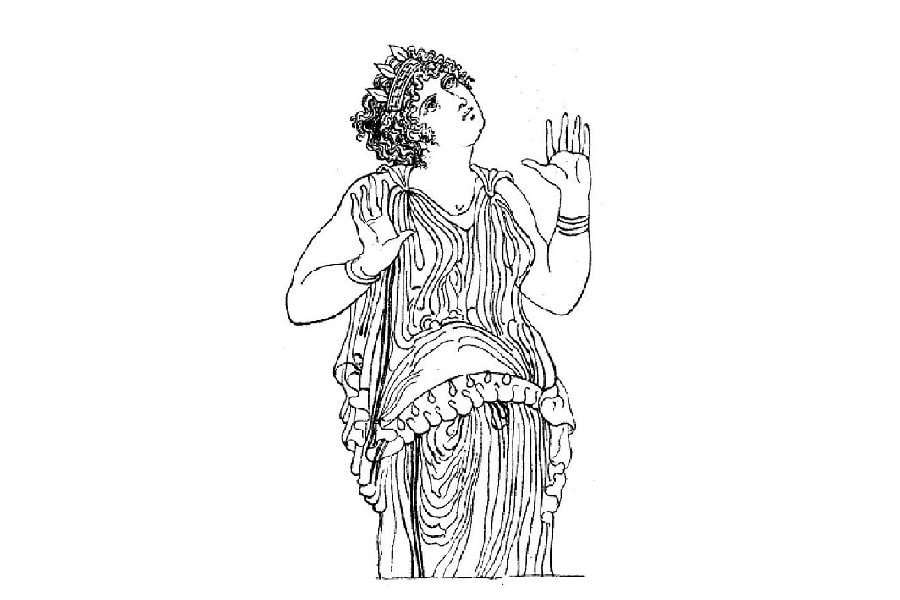
Siblings of Ceto
When it comes to her half-siblings, the most important ones to mention are Uranus, all of the Titans, the Cyclops, the Hecatoncheires, Anax, the Furies, the Gigantes, the Meliae, and Aphrodite. That’s a whole string of gods, but they would only play a minimal part in the story of Ceto. The most important actors in the story of Ceto are found among her direct siblings.
The direct siblings of Ceto are called Nereus, Thaumas, and Eurybia, and the most important one – Phorcys. In fact, Phorcys and Ceto were not only brother and sister, they were husband and wife as well. The married couple didn’t exist to make peace or bring any good to the world. In fact, they did quite the opposite.
What is Ceto Known For?
The story of Ceto is the story of Ceto and Phorcys, which isn’t really much of a story. It is predominantly a description of their children and the powers of these children. It’s a bit of a task to draw the full image of Ceto because it is scattered all over the Homeric poems.
The primordial sea goddess is known for her reign over the sea and for her children. As simple as that. Especially her relation to the latter is described on many occasions. There is a good reason for it because these children had a wide-ranging impact on Greek mythology.
Neutrality During the Titanochamy
The only myth outside of their children has to do with the Titanochamy. Ceto and Phorcys were the rulers of the lowest area of the sea during the time of the Titans.
The Titans basically ruled the whole cosmos, so for Ceto and Phorcys to obtain such an important position speaks to their importance in early Greek mythology. Still, Oceanus and Tethys were one step above them, their true ruling masters.
It is believed that Ceto and Phorcys were neutral in the Titonchamy, which was quite rare. Because of this, they were able to hold on to their position of power after the Olympians defeated the Titans. While their bosses changed, their power didn’t decrease.
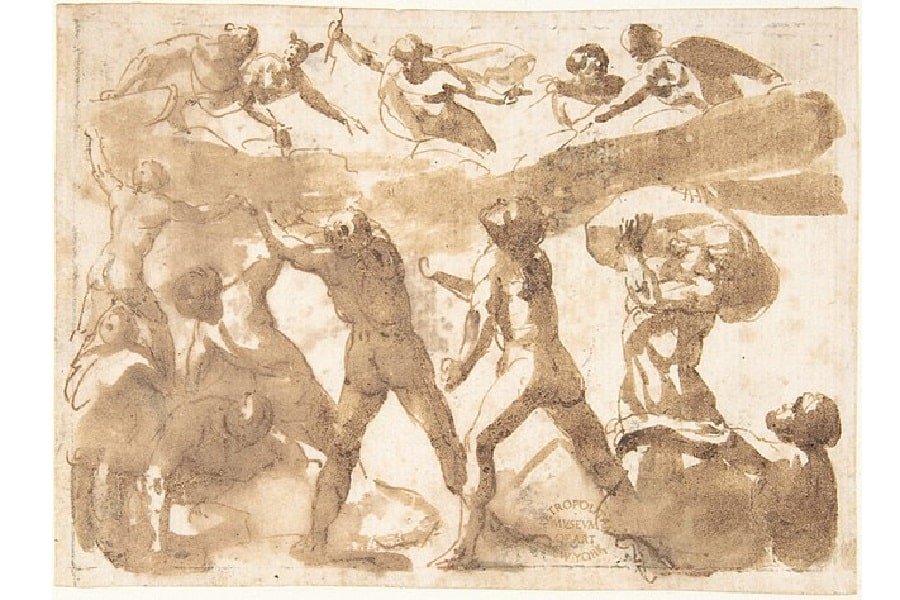
Offspring of Ceto and Phorcys
Outside ‘just’ being the ruler of the lower sea, Ceto and Phorcys were the parents of many children. These were almost all female nymphs, some more monstrous than the others. They often came in groups, but some children were riding solo. So, who were they?
The Graeae
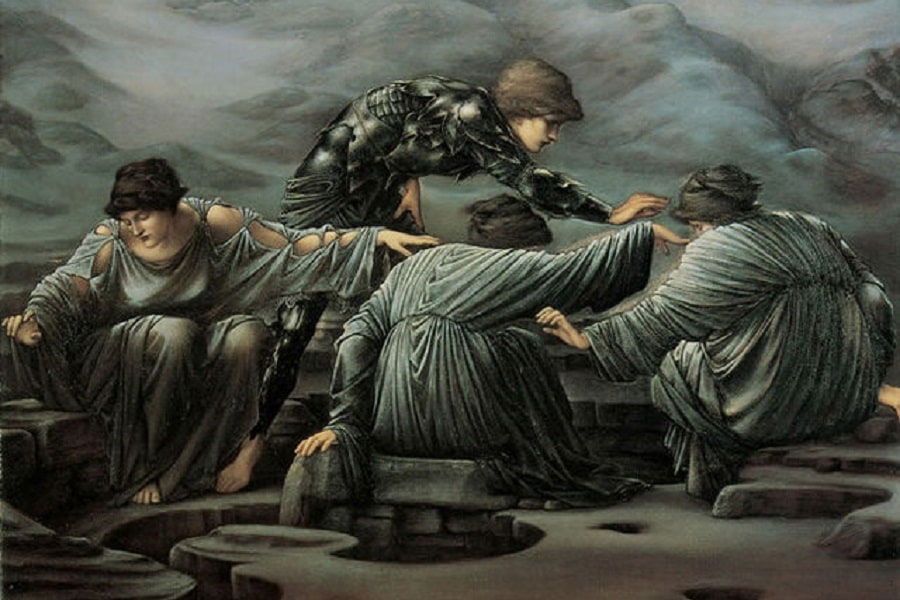
The first triplet of Ceto and Phorcys is called the Graeae, consisting of Enyo, Pemphredo, and Deino. You would expect that even children of a Greek goddess would be born with baby skin, but this wasn’t really the case.
The Graeae were old, wrinkly, and blind. Also, they had just one eye and a tooth. Maybe it should be emphasized that they had just one eye and a tooth since the triplet had to share it between them. On the bright side, they also had the good characteristics of getting old at a young age: they were very wise and prophetic.
The Gorgones
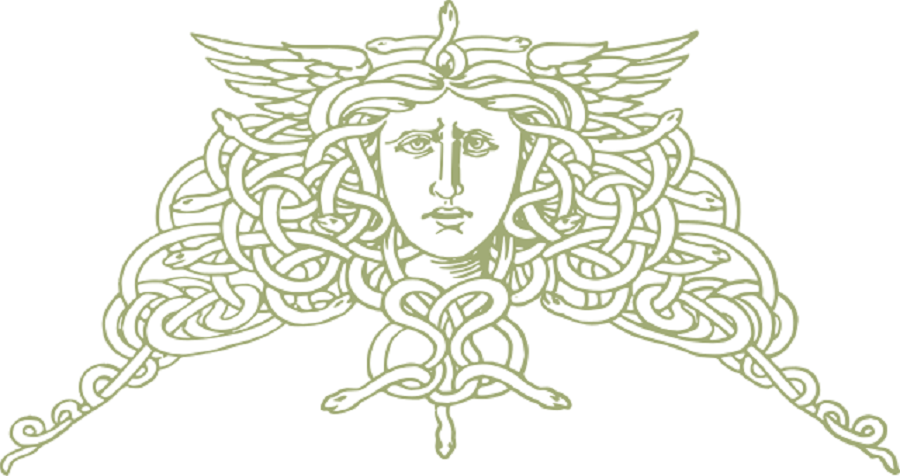
The second triplet from Ceto and Phorcys is called the Gorgones. Sthenno, Euryale, and Medusa were the ones in this group. Medusa is quite a well-known figure, which also gives away the nature of the Gorgones.
The Gorgones were born monstrously and hideous, with living snakes hanging like dreadlocks from their head. Their huge wings, sharp claws, and impressive teeth didn’t really help with making them less hideous.
These assets were crucial to one of their powers. As many of you may know, looking one of the three sisters straight into their eyes turns you into stones without further ado.
Echidna

Moving onto the children that arrived as individuals on this earth, Echidna was another offspring of Ceto and her brother Phorcys. A true sea monster. Also, she is potentially the biggest nymph in Greek history.
That sounds a bit weird. But, she simply was because nymphs are just semi-divine women that were intrinsic to nature. Because of the size of Echidna, she could be considered the biggest nymph. That is, according to Greek religion.
Beautiful from her head to her thighs, and legs as two speckled serpents. A speckled serpent that ate raw flesh, mind you, making her a female sea monster to be feared of. It is therefore no surprise that she would become the mother of the most dangerous monsters that Greeks had ever seen.
The Seirenes
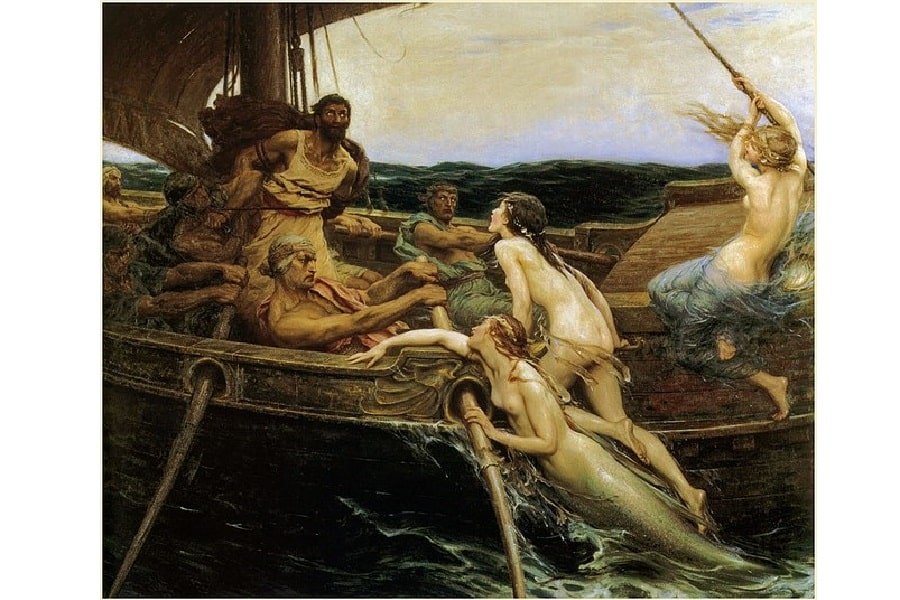
Also referred to as the Sirens, the Seirenes were a triplet of beautiful nymphs with wings, a long tail, and legs like birds. Their voices were hypnotic and probably more beautiful than their appearance. They would sing to anyone who sailed near the islet where they resided.
With voices so beautiful, they would attract many sailors that came and searched for them. They searched in vain, most of the time because their ships would crash on the rocky edges of their islet, leading them to an abrupt death.
Thoosa and Ophion
One more daughter and a son were given birth by Ceto. They go by the names of Thoosa and Ophion. Not a lot is known about them, other than Thoösa became the mother of Polyphemus and his brothers, while Ophion is the only known son of Ceto.